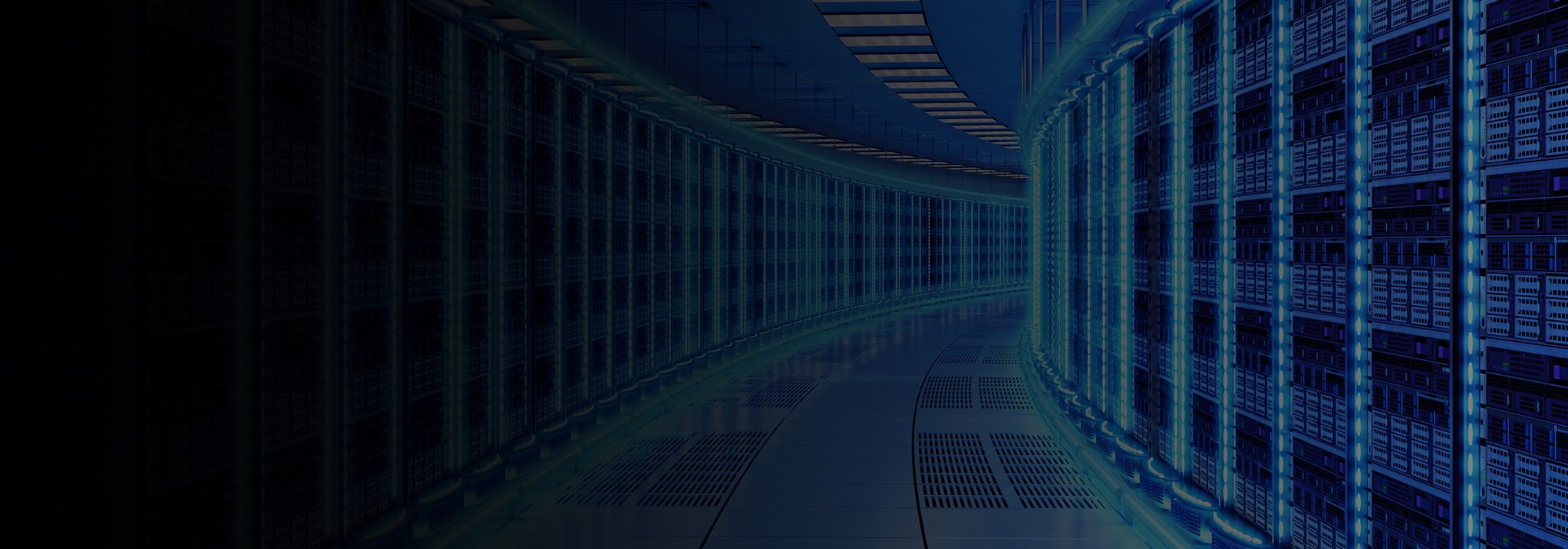The data centre industry is poised for growth in 2023 due to increased demand from businesses.
However, factors such as higher costs, a slowing economy, new capacity challenges and increased regulation due to sustainability concerns about energy and water consumption, will impact growth. The pandemic has fueled the growth of the global data centre market, projected to reach 235 billion euros by 2026 with a projected Compound Annual Growth Rate of 4.5%. Companies must consider the latest tech trends when selecting a data centre partner or colocation provider.
 Clifford Chance
Clifford Chance

.jpg)

















